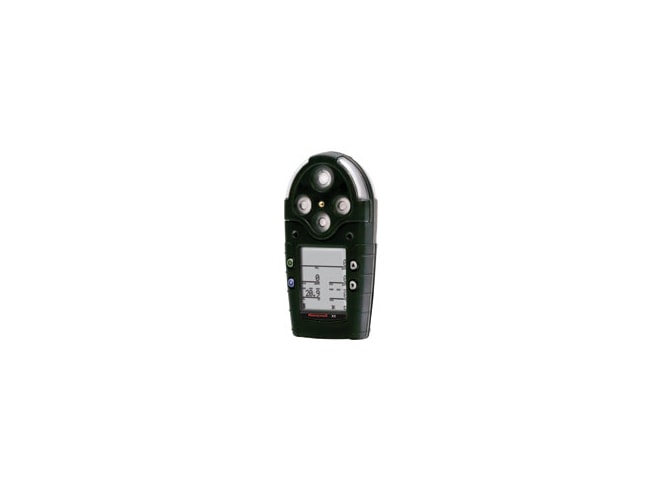The portable Honeywell X5 Series gas detector simultaneously monitors up to five atmospheric
hazards. A wide selection of individual electrochemical toxic sensors are available to the Honeywell X5
Series gas detector, along with optional IR sensor for carbon dioxide (% CO2)
and PID sensors for detecting volatile organic compounds (VOCs). The Honeywell X5 Series gas
detector has data-logging capabilities and is compatible with MicroDock II, Honeywell's automatic
test/calibration docking station.
Compact and lightweight, the Honeywell X5 Series gas detector activates audible, visual, and
vibrating alarms in the event of a low, high, TWA, or STEL alarm condition. Highly configurable to suit a
range of applications, the Honeywell X5 Series gas detector comes as a diffusion or pumped
instrument with either alkaline or Lithium Polymer rechargeable hot-swappable battery pack. Standard
features of the Honeywell X5 Series gas detector include confidence beep, automitic calibration,
full function self test, and an extended selection of user-settable field options.
The Honeywell X5 Series gas detector's photoionization detection option monitors VOCs that
present potential hazards in work environments. VOCs, which can often evaporate at room temperature,
include substances such as solvents, paint thinners, benzene, butadiene, hexane, toluene, as well as
vapors associated with fuels such as gasoline, diesel, heating oil, kerosene, and jet fuel. The Honeywell
X5 Series gas detector features an integrated photoionization detector (PID) which enables
sensitive broad spectrum monitoring of volatile organic compounds.

